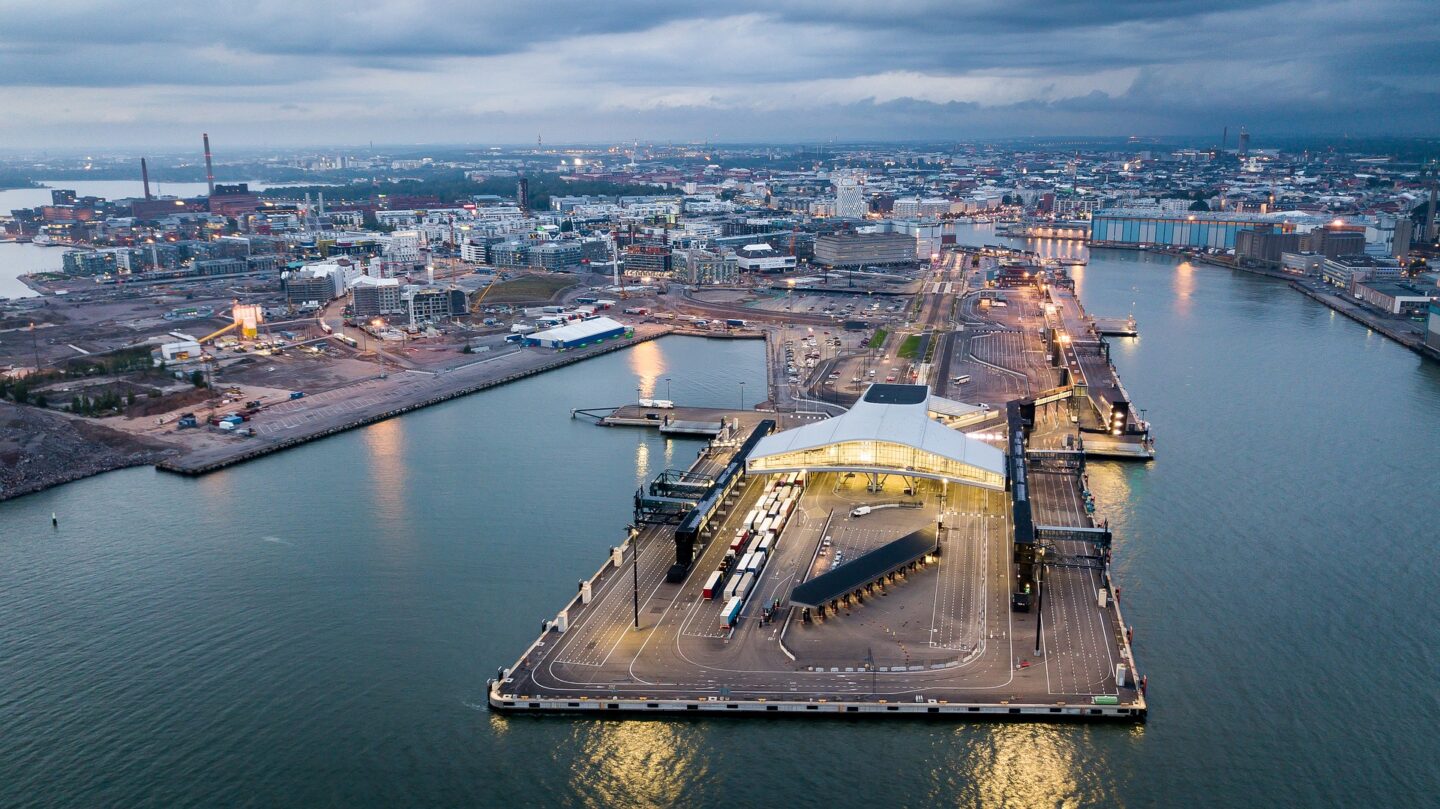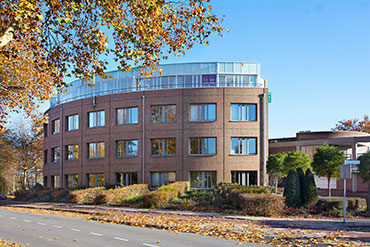For propper optimization you have to start in the heart of the factory, the processes. This is shown in the Unions model or UMIST (University of Manchester), as shown on the right. In practice, the focus when optimizing is often on the energy efficient generation of electricity or heat and only later focus shifts towards the processes.
One has to start at the processes. However, it is often indicated that there is little design space here. The processes have already been optimized or, given the time pressure, there is no room to look into them. This means that usually little attention is paid to this component, unless it is clear that there are big optimizations to be gained here. Step 1 is therefore to identify all the processes and see if there is still room for improvement through internal heat exchange. This is always preferred in connection with the short distance and comparable process time slots.
Subsequently, all heat and cold flows will be mapped. This is plotted in a pinch curve. This curve helps to determine what the minimum heat and cold consumption is. The formulation of this curve requires the mapping of all heat and cold flows. The process and production times are very important in this. The pinch curve is based on continuous processes, but by using heat buffering, batch processes can also be included. The location of the different flows will also be determined as it is less convenient to thermally couple flows which are located further away from each other. The heat exchanger network is designed on the basis of this analysis. It will indicate for which type of heat exchanger is chosen, what the investment is and what the yields are. The influence of the heat exchanger network on the process is also taken into account. Optimization options which are more economical and also shorten the lead time are most likely to be implemented. Further developing these options and translating them into actual and affordable heat exchanger networks is done in step 2.
Next we look at the use of heat pumps. Here it will be investigated whether residual heat can be pumped up by means of heat pumps to a higher temperature level, in order to properly re-use it again. The pinch curve of the previous steps shows in which locations this has the best chances. It will also be examined whether the condensation heat of cooling machines can be used in the process. This could possibly be increased in temperature by using a heat pump. All this is further elaborated in step 3.
After this, we will examine how heat, cold and electricity can be generated as efficiently as possible. The combined generation of these in a heat / power installation with possibly additional absorption cooling system offers a saving of up to 50%. Finally, it is determined how much energy still needs to be purchased.


